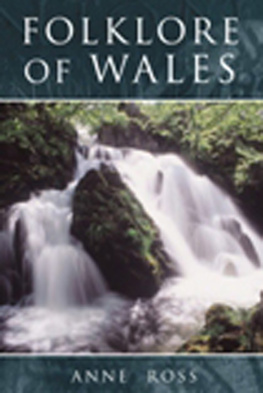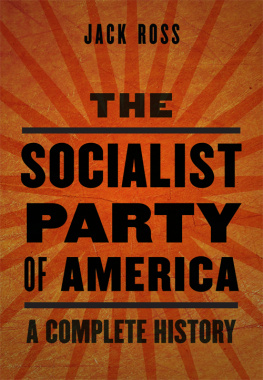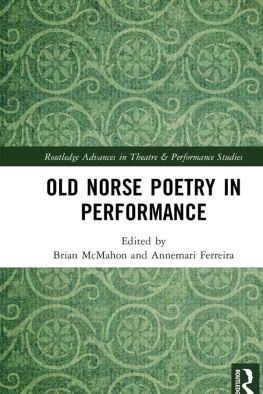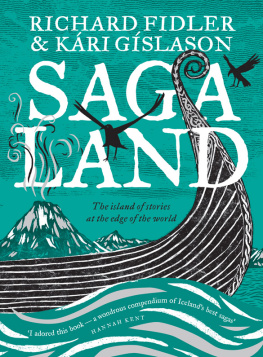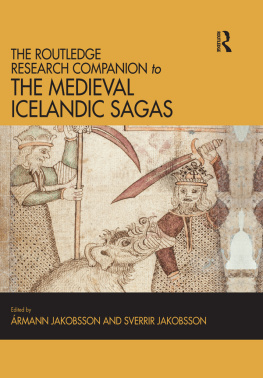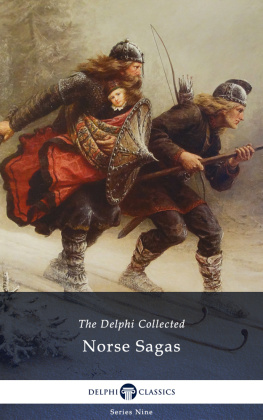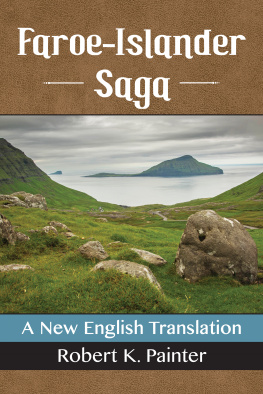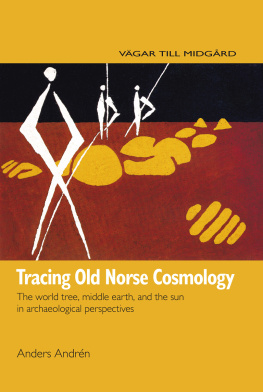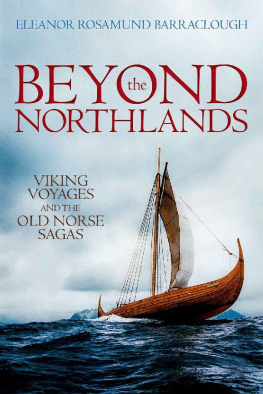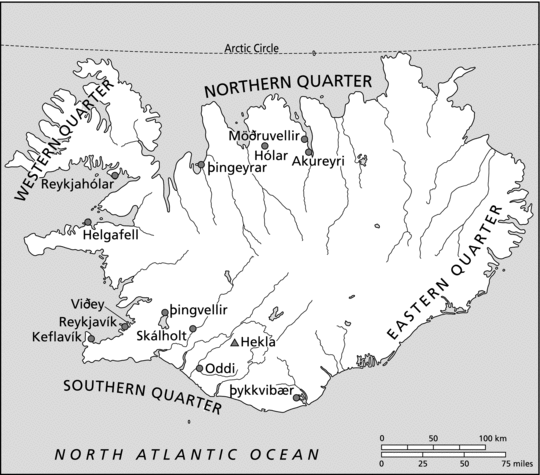The aim of this book is to offer an up-to-date analysis of the medieval Icelandic saga genre and to review major issues to do with its origins and development, its literary character and identity, its material existence in manuscripts and printed editions, and its changing reception from the Middle Ages to the present time. This book is about the saga genre in general but also about the various identifiable sub-genres that make it up. One of the book's themes is that many general books on the subject of the Icelandic saga are actually about only one sub-genre, the sagas of Icelanders ( slendingasgur ) or family sagas, as they have sometimes been called in English. Some of the other sub-genres, like the sagas of ancient time ( fornaldarsgur ) and sagas of knights ( riddarasgur ) in particular, have been rather neglected during the twentieth century, for reasons that I shall try to explain. Although much of the discussion here perforce deals with sagas of Icelanders, because they have been the main subject of modern research and theorising, I have not confined myself to this sub-genre.
In the chapters that follow, I identify general characteristics of the saga genre as well as the characteristics that differentiate one sub-genre from others. I also propose that modern readers must be prepared to be flexible and non-judgemental about what I call in the mixed modality of much saga writing, which I argue reflects medieval attitudes rather better than a more compartmentalised distinction between classical and post-classical, realistic and fantastic saga types that have been the anchor-points of much literary analysis and debate over the last one hundred years or so.
The book is written to be accessible to non-specialists like senior school students, undergraduate university students and the general reader. For that reason, I have tried as far as possible to make all the fundamental issues to do with the Icelandic saga as clear as I can, beginning with basic information, and always translating into English the titles of Old Norse-Icelandic texts, as well as giving translations of any passage from a medieval text that I quote. When giving bibliographical references I have tried to choose accessible works in English where possible, but, if the best reference is in a language other than English (as it often is), I have not refrained from giving it, believing that English-speaking students will not mind moving out of their linguistic comfort zones and also expecting that some non-English-speaking readers may find this book useful. Regretfully, it has only been possible to refer to internet resources, of which there are many, in general terms, as the links to electronic sites tend to change frequently and are likely to be outdated quickly. In addition, the introductory nature of the Cambridge Introductions series prevents me documenting my work in as much detail as is normal in academic writing, although the Guide to Further Reading points to some of the major primary and secondary sources I have used. At the same time as I have tried to make this book accessible to beginners, I hope that specialists, by which term I mean scholars of Icelandic and medievalists more generally, will find things to hold their attention here. As they will see, I have not held back from fairly direct discussion of some of the major controversies in saga research, and they may find this interesting and provocative.
The book is arranged in the following manner. The first chapter is a general introduction to medieval Icelandic society, and gives basic information about the settlement of the island, its economic, social and political character, and how the development of the saga genre may have come about. looks at the thorny issue of saga chronology and poses the questions of whether we can determine the likely age of individual sagas in comparison with others and whether we can determine when specific sub-genres of the saga began in comparison with other sub-genres.
analyses the structural elements of the saga genre, an issue on which a great deal has been written during the twentieth century, and proposes a number of deep structural patterns that bear the major themes of Icelandic saga writing.
gives a brief overview of the reception of the medieval Icelandic saga and its various sub-genres from the end of the Middle Ages to the present day, both in Iceland and outside it, and suggests the ideological forces that have influenced the changing popularity of different saga sub-genres over the period from the seventeenth century to the present. It also looks at the importance of translations in making Icelandic sagas known to a wide audience outside Iceland.



